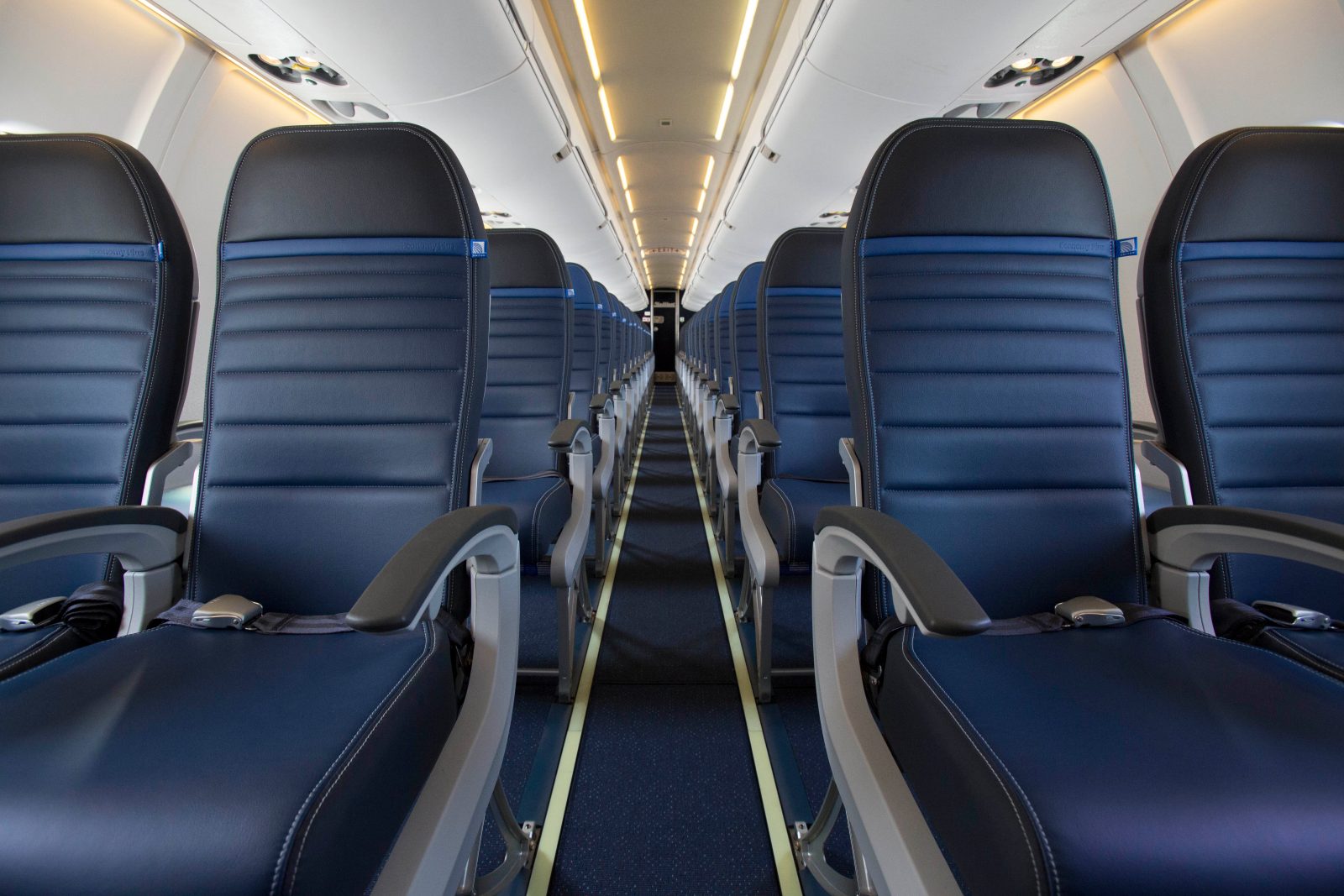A new study from researchers at the University of West Florida has concluded that the decision by many airlines to start boarding planes from back-to-front at the start of the pandemic in order to protect passengers actually increases the risk of infection by as much as 50 per cent.
The research, which was funded by the National Science Foundation and published by the Royal Society Open Science journal, found that back-to-front boarding increased the number of passengers clustering in a small area while waiting to stow their baggage and take their seats.
The computer modelling and simulations build on previous work carried out by the researchers on the risk of Ebola infection spread in an airplane environment. The researchers also concluded that blocking middle seats could substantially reduce the risk of exposure to COVID-19 or other infectious diseases.
“Our results show that back-to-front boarding roughly doubles the infection exposure compared with random boarding,” the researchers wrote. “It also increases exposure by around 50% compared to a typical boarding process prior to the outbreak of COVID-19.”
A slew of airlines, including jetBlue, United Airlines and Southwest have already abandoned their pandemic-era boarding policies in favor of group boarding which is more random and could result in passengers passing each other in the aisle and rubbing against passengers who are already seated.
But in reality, the researchers claim back-to-front boarding does little to enhance social distancing and results in a net impact on increased exposure risk by around 100 per cent compared to random boarding.
Delta Air Lines remains one of the last U.S.-based carriers to still enforce back-to-front boarding but this is due to end on May 1 when the airline also lifts its capacity caps and starts filling middle seats. Delta also says it will remove some social distancing markers as its gears up for a busy summer season.
If airlines were really interested in reducing the risk of exposure to infectious diseases, this latest research finds that banning the use of overhead lockers could dramatically reduce exposure – an idea touted at the start of the pandemic but quickly rejected by the aviation industry.
The study also found that boarding window seat passengers first, before aisle seat passengers could help significantly reduce exposure risk. Airlines have previously experimented with this boarding process but it has never worked in real life.
Photo Credit: United Airlines
Related
Mateusz Maszczynski honed his skills as an international flight attendant at the most prominent airline in the Middle East and has been flying ever since... most recently for a well known European airline. Matt is passionate about the aviation industry and has become an expert in passenger experience and human-centric stories. Always keeping an ear close to the ground, Matt's industry insights, analysis and news coverage is frequently relied upon by some of the biggest names in journalism.









I agree. Boarding back-to-front not only increases infection potential (United Airlines) it is patently unfair to the regular fliers who sit up front in the main cabin, as the overhead space is taken by the casual passengers.
I call BS on this study! People mingling all over the airport, going through security, all sitting together in restaurants at the airports, standing in line to get on the aircraft – now boarding back to front increases the risk of infection? I would agree leaving middle seats open may help. However, until those that refuse to get the vaccine do so, this will never go away. I propose if you want to fly vaccination is mandatory. The availability is there now for anyone that wants it (at no charge by the way) to obtain it! Think what this would do for Hawaii travel as an example – no more pre-tests within 72 hours of leaving (which has plenty of its own logistic problems), no more testing on arrival at state expense, etc. If you want to fly – get the vaccine – it’s that simple!
agree to the BS part. Those who are seated in the front plane would have all of us breathing on them as we wait for the rear and middle of the planes to find luggage space and get seated.
I find that very hard to believe, I’m not a world traveler, or go on business flights, but I have flown at least 20 times in the past 5 years. My observations were that the back to front loading not only speeded up the seating process, but also reduced contact with other people, but like I said, it’s only my personal observation.